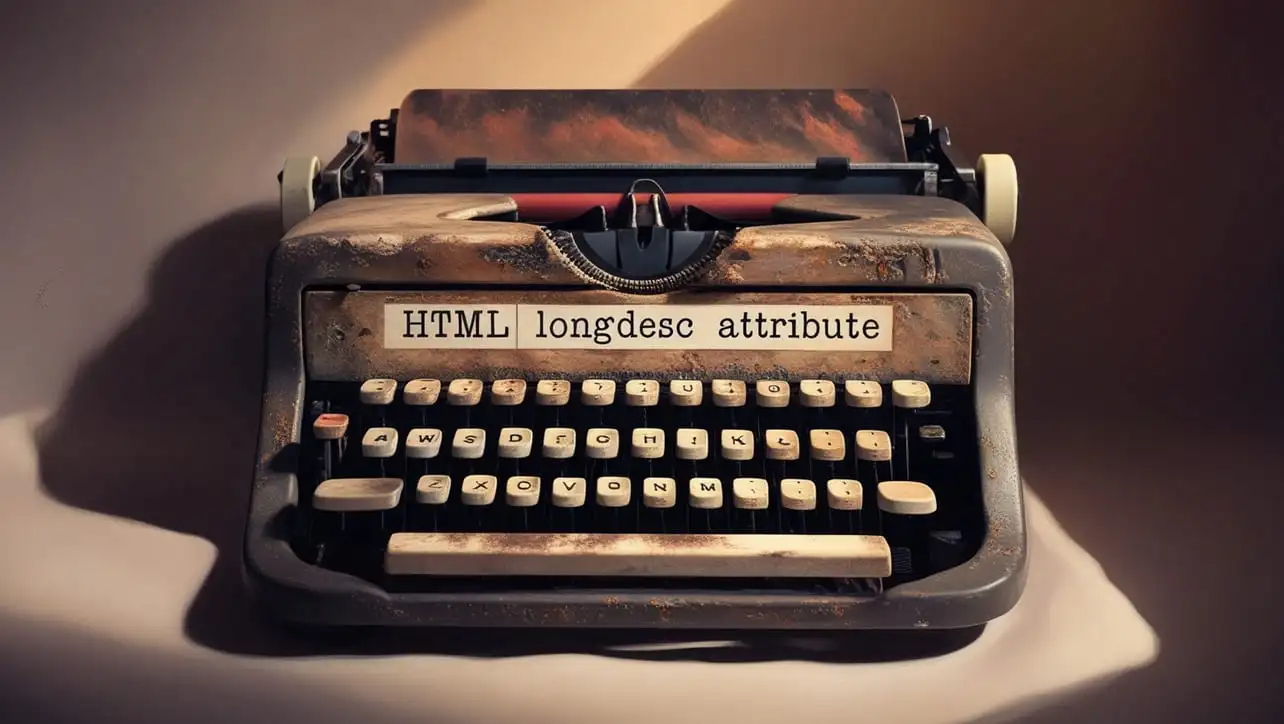
HTML Basic
HTML Reference
- HTML Tags
- HTML Deprecated Tags
- HTML Events
- HTML Attributes
- accept
- accept-charset
- accesskey
- action
- align
- alt
- as
- async
- autocomplete
- autofocus
- autoplay
- bgcolor
- border
- charset
- checked
- cite
- class
- color
- cols
- colspan
- content
- contenteditable
- controls
- coords
- data
- data-*
- datetime
- default
- defer
- dir
- dirname
- disabled
- download
- draggable
- enctype
- enterkeyhint
- for
- form
- formaction
- headers
- height
- hidden
- high
- href
- hreflang
- http-equiv
- id
- inert
- inputmode
- ismap
- kind
- label
- lang
- list
- loop
- low
- max
- maxlength
- media
- method
- min
- multiple
- muted
- name
- novalidate
- onabort
- onafterprint
- onbeforeprint
- onbeforeunload
- onblur
- oncanplay
- oncanplaythrough
- onchange
- onclick
- oncontextmenu
- oncopy
- oncuechange
- oncut
- ondblclick
- ondrag
- ondragend
- ondragenter
- ondragleave
- ondragover
- ondragstart
- ondrop
- ondurationchange
- onemptied
- onended
- onerror
- onfocus
- onhashchange
- oninput
- oninvalid
- onkeydown
- onkeypress
- onkeyup
- onload
- onloadeddata
- onloadedmetadata
- onloadstart
- onmousedown
- onmousemove
- onmouseout
- onmouseover
- onmouseup
- onmousewheel
- onoffline
- ononline
- onpagehide
- onpageshow
- onpaste
- onpause
- onplay
- onplaying
- onpopstate
- onprogress
- onratechange
- onreset
- onresize
- onscroll
- onsearch
- onseeked
- onseeking
- onselect
- onstalled
- onstorage
- onsubmit
- onsuspend
- ontimeupdate
- ontoggle
- onunload
- onvolumechange
- onwaiting
- onwheel
- open
- optimum
- pattern
- placeholder
- popover
- popovertarget
- popovertargetaction
- poster
- preload
- readonly
- rel
- required
- reversed
- rows
- rowspan
- sandbox
- scope
- selected
- shape
- size
- sizes
- span
- spellcheck
- src
- srcdoc
- srclang
- srcset
- start
- step
- style
- tabindex
- target
- title
- translate
- type
- usemap
- value
- width
- wrap
- HTML Global Attributes
- HTML Status Code
- HTML Language Code
- HTML Country Code
- HTML Charset
- MIME Types
HTML longdesc Attribute

Photo Credit to CodeToFun
🙋 Introduction
The longdesc attribute is a feature in HTML that provides a longer description for an image or other multimedia elements.
It is primarily used to enhance accessibility by providing additional context or details about the content of the image, especially for users who may be using screen readers or other assistive technologies.
🎯 Purpose of longdesc
The main purpose of the longdesc attribute is to improve the accessibility of web content, particularly for users with disabilities. By including a longer description, authors can provide more detailed information about the content and context of an image, making it easier for all users to understand the purpose and content of the image.
💎 Values
The longdesc attribute accepts a URL as its value, which points to the location of the longer description of the image. This URL typically leads to a separate page or document containing the detailed description. When used, the longdesc attribute can be invaluable in ensuring that all users, regardless of their abilities, can access and understand the content of an image.
📄 Implementation Example:
Here's a simple example demonstrating how to use the longdesc attribute in HTML:
<img src="example.jpg" alt="Example Image" longdesc="longdesc.html">🧠 How it Works
In this example, the longdesc attribute is added to an <img> element, providing a URL ("longdesc.html") that points to the longer description of the image.
🔄 Dynamic Values with JavaScript
While the longdesc attribute is typically static, you can still manipulate it dynamically using JavaScript if needed. For instance, you might want to update the longdesc attribute based on user interactions or other dynamic factors. Here's a basic example:
<script>
// Dynamically set longdesc for an image
document.getElementById("imageElement").longdesc = "dynamic_longdesc.html";
</script>🧠 How it Works
In this script, the longdesc attribute of an image element with the id "imageElement" is set to "dynamic_longdesc.html". This can be useful if you need to change the longer description based on user input or other dynamic conditions.
🏆 Best Practices
- Use the
longdescattribute whenever possible, especially for images or multimedia elements that convey important information. - Ensure that the longer description provided via the
longdescattribute is comprehensive and accurately reflects the content and context of the image. - Test your web pages with screen readers and other assistive technologies to verify that the
longdescattribute is properly utilized and enhances accessibility.
🎉 Conclusion
The longdesc attribute is a valuable tool for improving the accessibility of web content by providing longer descriptions for images and multimedia elements.
By incorporating longdesc into your HTML markup, you can make your website more inclusive and ensure that all users have equal access to the information presented.
👨💻 Join our Community:
Author

For over eight years, I worked as a full-stack web developer. Now, I have chosen my profession as a full-time blogger at codetofun.com.
Buy me a coffee to make codetofun.com free for everyone.
Buy me a Coffee












If you have any doubts regarding this article (HTML longdesc Attribute), please comment here. I will help you immediately.